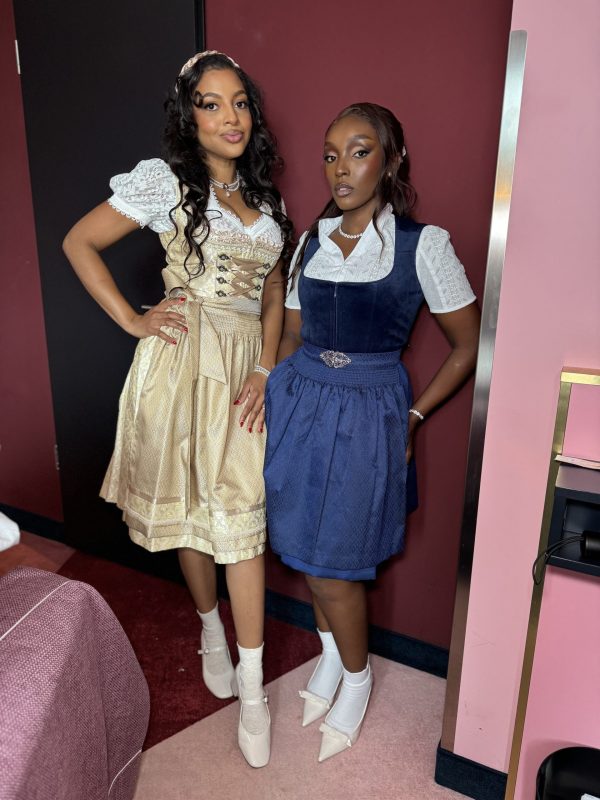Locally called the d’Wiesn, Oktoberfest started in 1810 and is now the largest beer festival in the world. Attracting up to seven million international tourists and locals together yearly, it was birthed after the Crown Prince of Bavaria wanted to open up his marriage celebrations to the public.
Who could have known the knock-on effect it would have with similar imitations taking place internationally? Perhaps because it smoothly combined royal extravagance with community spirit temporarily bridging social gaps by way of a drunken illusion. Apart from the countless videos one can find on the internet with waitresses carrying up to 10 litres of beer at a time, people drunk out of their minds or the rat race to secure a table on any day, its cultural significance is still felt even though heavily overshadowed on online spaces like TikTok. I was stunned to see 99 percent of attendees in traditional attire and even babies upon entry, but between the side attractions, parades, quieter beer tents with children friendly activities it’s hard for anyone to feel left behind
The fashion
Usually worn by peasants in the past, the dirndl is a traditional Bavarian (German) dress popularly worn by women during Oktoberfest. From its simple origins of peasant clothing, it transformed itself over different eras to be recognized as folk costume, paving its own way in a fashionable style. It underwent appropriation during the Nazi period (where it was used as a media symbol to show off German women as hardworking and fertile), then a period of decreased popularity after the Second World War to be followed with its comeback in the 90s. It is hailed for its practicality when performing house work and taking care of farming tasks, but this aspect was lost on me. Dirndls feature a fitted bodice, apron and full skirt, which are then typically worn with a white blouse underneath. Though it felt sexy, mine was entirely restrictive to do any sort of labour, perhaps because of the strong bone detailing. With differing designs representing different regions used to indicate social status, the materials used also specify the ones for formal occasions and day-to-day wear. The way the apron is tied indicates the marital status of the woman. A bow to the left indicates that she is single while tied at the right indicates married/taken. Worn with court shoes and high socks it is sometimes accompanied with flower crowns typically worn by unmarried women.
Men on the other hand wear lederhosen. Similar to the dirndl, this wasn’t created as a fashion trend but rather to withstand harsh conditions in the Alpine region. Specially crafted with either deer or goat skin, a special tanning process using tree bark leaves the fabric with a special aroma and flexibility. This too underwent social status change in the 19th century with King Ludwig sporting them during his visits to the Alps, as a public display of national pride.
Fashion is such a strange and interesting cultural tool. If anything, fully immersing myself in all things Oktoberfest was a reminder of just how easily and quickly the meaning of something can be transformed. It was a reminder of how clothes were valued not in the sense of money value but rather quality. If anything it’s what made them so special they managed to transcend through complete generations and eras. Perhaps dirndls and lederhosen aren’t suited for our lifestyles today, but neither are the easily disposable fast fashion clothes that lose their shape after two washes. Maybe like the dirndl and lederhosen it is not necessary to hop on every trend but rather invest in the pieces that stand the test of time as it relates to both quality and functionality.
